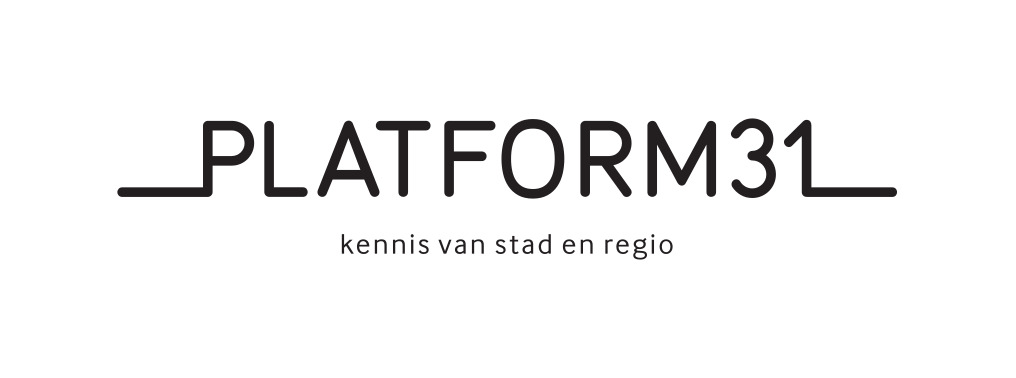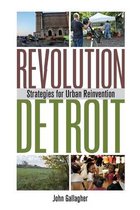- kennisvanstadenregio
- Kennisdossiers
- Kennisdossier Bevolkingsdaling
- Publicaties over krimp (2022-2006)
- Revolution Detroit : Strategies for Urban Reinvention
Inhoud
- Bevolkingsdaling: wat is het?
- Beleid voor bevolkingsdaling: een korte geschiedenis
2.1 De krimp bestrijden
2.2 Bewustwording: Eerste Actieplan Bevolkingsdaling – 2009
2.3 Programmering en uitvoering: Tweede Actieplan Bevolkingsdaling – 2016
2.4 Provincies
2.5 Gemeenten - Bevolkingsontwikkeling en prognoses
3.1 Inleiding
3.2 Drijvende krachten achter bevolkingsontwikkeling
3.3 Bevolkingsontwikkeling in Nederland
3.4 De zeggingskracht van prognoses
3.5 Onwaarschijnlijkheden en scenario’s
3.6 Conclusie - Ontwikkelingen per domein
4.1 Wonen
4.2 Gezondheid en zorg
4.3 Onderwijs
4.4 Regionale economie en arbeidsmarkt
4.5 Bereikbaarheid - Praktijkvoorbeelden
5.1 Aanpak huisartsentekort
5.2 Toekomstgericht bouwen in Biggekerke
5.3 Zelfrijdende shuttlebus bij Ommelander ziekenhuis
5.4 Toekomst wonen in Beltrum
5.5 Gefaseerde strategie voor de herontwikkeling van Rolduckerveld
Contact
Revolution Detroit : Strategies for Urban Reinvention
After decades of suburban sprawl, job loss, and lack of regional government, Detroit has become a symbol of post-industrial distress and also one of the most complex urban environments in the world. In Revolution Detroit: Strategies for Urban Reinvention, John Gallagher argues that Detroit’s experience can offer valuable lessons to other cities that are, or will soon be, dealing with the same broken municipal model.
A practical guide to what’s working in urban reinvention with examples drawn from Detroit and other cities
A follow-up to his award-winning 2010 work, Reimagining Detroit, this volume looks at Detroit’s successes and failures in confronting its considerable challenges. It also looks at other ideas for reinvention drawn from the recent history of other cities, including Cleveland, Flint, Richmond, Philadelphia, and Youngstown, as well as overseas cities, including Manchester and Leipzig.
Revolution Detroit surveys four key areas: governance, education and crime, economic models, and the repurposing of vacant urban land. Among the topics Gallagher covers are effective new urban governance models developed in Cleveland and Detroit; new education models highlighting low-income-but-high-achievement schools and districts; creative new entrepreneurial business models emerging in Detroit and other post-industrial cities; and examples of successful repurposing of vacant urban land through urban agriculture, restoration of natural landscapes, and the use of art in public places. He concludes with a cautious yet hopeful message that Detroit may prove to be the world’s most important venue for successful urban experimentation and that the reinvention portrayed in the book can be repeated in many cities.
John Gallagher is a veteran journalist and author whose latest book, Reimagining Detroit: Opportunities for Redefining an American City (Wayne State University Press, 2010), was named by the Huffington Post as among the best social and political books of 2010. He joined the Detroit Free Press in 1987 to cover urban and economic redevelopment efforts in Detroit and Michigan, a post he still holds.
Bestel: Revolution Detroit


